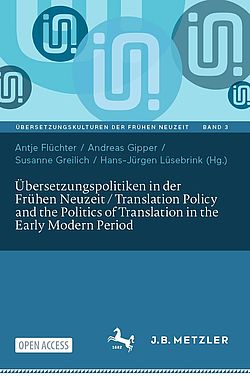Vera Dorofeeva-Lichtmann | Assoziierte Forscherin
Mutterinstitut
:
Univeristé d'Etat de Moscou
|
Fachbereich
:
Geschichte
|
Biographie
Topic: Early China
Lost in Transmission. Maps of Japan by Daikokuya Kōdayū 大黒屋 光太夫 (1751–1828)*
26.März 2024Vera Dorofeeva-Lichtmann , Ekaterina Simonova-Gudzenko (Lomonossow-Universität Moskau, Moskau, Russland)
Collection: Part of the book series: Übersetzungskulturen der Frühen Neuzeit (UFN, volume 3)
ISBN: 978-3-662-67338-6
Abstract
The maps of Japan by Daikokuya Kōdayū (1751–1828) were drawn during the author’s detention in Russia (1783–1792). Though rooted in Japanese cartographic tradition, they do not copy any known map of Japan. Because they were created specifically for “foreign” usage, they contain a wealth of translations and comments. All of the maps are large-scale coloured manuscripts (ca. 65–75 × 120–150 cm) and resemble one another but are not identical. We begin by determining when and where Kōdayū could have made his maps and comparing the material attributes and general characteristics of the extant copies. Then we go on to trace the maps’ afterlife, placing special emphasis on the Asch Collection. Kōdayū’s work amounts to a multi-lingual diachronic enterprise of drawing and translating a map of Japan for the benefit of the Russian state. The focus of our study is to analyze why this so very interesting enterprise failed: hardly had the maps been completed than they were sent off to Germany as curiosities—or simply forgotten.
In: Übersetzungspolitiken in der Frühen Neuzeit / Translation Policy and the Politics of Translation in the Early Modern Period
About this book
Ausgangspunkt dieses Konferenzbands im Open Access ist die Frage nach den Bedingungen, die dafür verantwortlich zeichnen, dass überhaupt und in welcher Form in der Frühen Neuzeit übersetzt wird. Anders formuliert geht es um die grundsätzliche Frage danach, warum bestimmte Texte, Bilder, Zeichenkomplexe etc. eine Übersetzung erfahren, während andere unübersetzt bleiben (müssen). Welche Faktoren nehmen schließlich – im positiven Fall – Einfluss auf die konkrete Ausgestaltung von Übersetzung im Sinne des Übertragungsprozesses von einem semiotischen und kulturellen System in ein anderes? In diesem Zusammenhang kommt ein doppeltes Politikverständnis zum Tragen: einerseits geraten Übersetzungspolitik(en) im Sinne des Konzepts der Translation Policy in den Fokus und mit ihnen soziokulturelle, ökonomische und interkulturelle Einflussfaktoren. Andererseits geht es – spezifischer – um Übersetzungen im Kontext politischer Verhandlungs- und Aushandlungsprozesse und somit um den Zusammenhang zwischen Politics und Translation.
The point of departure for this conference volume is the question of what conditions are responsible for whether a translation happens at all. Why are certain texts, images, and sign systems translated while others (must) remain untranslated? And what factors influence the form a translation takes in the process of conveying words, images, or signs from one semiotic, cultural system to another? These questions concern both translation policy – that is, the socio-cultural, economic, and intercultural factors that influence translation processes – and the politics of translation in the specific context of political negotiation processes
